For those in Peril
In ‘40
there is no provision for rescue from the Channel, in ‘44 the RAF has
lots of gear and tackle and trim, motor boats and all. A
grounded flyer reassigned to Air-Sea Rescue has a fast two weeks in which to
grumble and learn before a “tricky first show” puts him in the
action hot and heavy off the French coast.
Crichton starts
with the documentary filmmakers (Harry Watt is a screenwriter) in calm clear
pictures, the drama of the thing, and the general tone of wartime Britain.
Hue and Cry
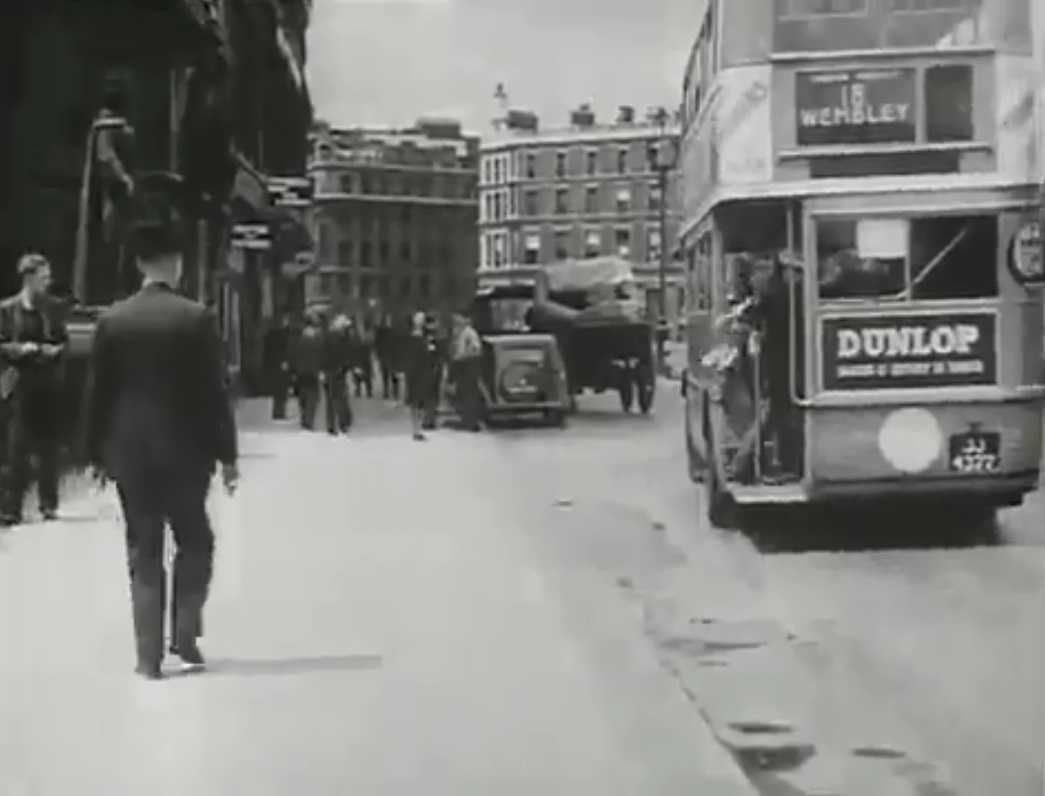
The stone which the builders rejected is become the
chief of the corner. You have to explain the joy of children springing
up all along the ruins of London filmed as only Ealing can, the sewer sequence (“coo
dunnit pong”) is ahead of Werker and Reed and
Wajda, Tewksbury’s Emil and the Detectives and Quine’s How
to Murder Your Wife take off from it, not to mention Pollack’s Three
Days of the Condor (and Wyler’s Dead End as a source), Resnais
remembers these avidly imaginative readers in I Want to Go Home.
Between Red
Skelton in Ship Ahoy (dir. Edward Buzzell) and Martin and Lewis in Artists and Models (dir. Frank Tashlin), “ohhhhhhh,
how I loaoaoaoathe adventurous-minded boys!” A job at Covent Garden
remembered in Frenzy (dir. Alfred
Hitchcock), “and if you find any corpses under those spuds, gimme a whistle! Ha ha
ha ha ha
ha ha ha
ha ha ha
ha ha ha
ha!” The
filming on location recalls for us if not for Crichton Too Much Johnson (dir. Orson Welles). The music is certainly a cue
for Delerue in Russell’s French
Dressing, even before that he borrows the opening credits for Peepshow. A key
formulation that goes into Brook’s Lord
of the Flies. “Why not Bing Crosby?” (cf. McCarey’s Going My
Way and The Bells of St. Mary’s).
The cops find nothing, you go it alone, an essential
structure mirrored among other places in Rear
Window (Detective Inspector Ford out of The
39 Steps puts the “Blood and Thunder Boys” right onto J.
Nightingale, “a good turn” has it coming).
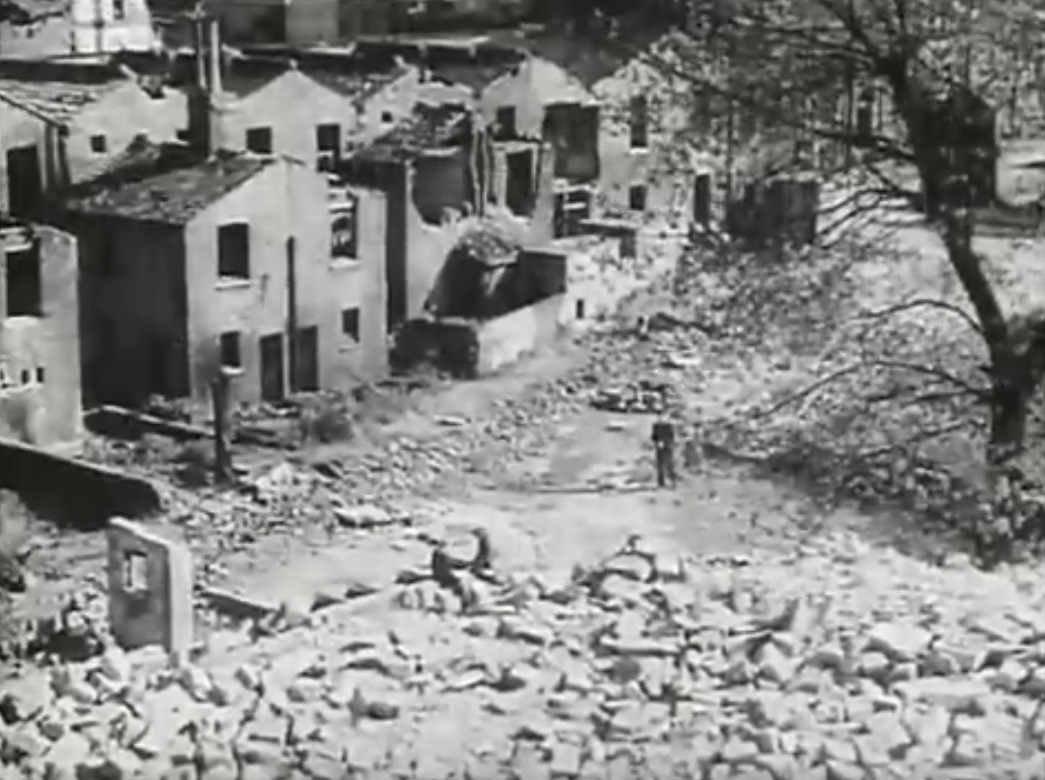
Operation
Seagull, the villain unmasked. Zéro de Conduite (dir. Jean Vigo) the definitive study (cf. on quite the other hand Rossellini’s
Germania anno zero). A
film of vast and wide influence to be sure (cf.
Buñuel’s Los Olvidados,
to name a striking example).
Screenplay T.E.B.
Clarke, décor Norman G. Arnold, cinematography Douglas Slocombe,
score Georges Auric, whence to be sure Tony Richardson’s a taste of honey.
Variety,
“director
Charles Crichton has been conscientious, but queer camera angles and shadows
can add little thrill when the original material lacks it.” Time Out (probably thinking of Cocteau’s Orphée), “its charm... is of another
world.” Peter Freedman (Radio Times), “slight but entertaining Ealing comedy caper.” Ali Catterall (Film4), “a wonderful slice of very
British escapism.” Sukhdev
Sandhu (Telegraph),
“truly adorable.” Mark Duguid (British
Film Institute), “the way the Ealing comedies are usually remembered
today—as cheery celebrations of English community spirit and mild
eccentricity.” George Perry (Forever Ealing), “its patent
absurdity is made believable”. TV
Guide, “half-hearted British comedy”. Catholic
News Service Media Review Office, “amusing British comedy”. Halliwell’s
Film Guide, “vivid London locations... sturdy comic plot”, citing Richard Winnington,
“disarming”.
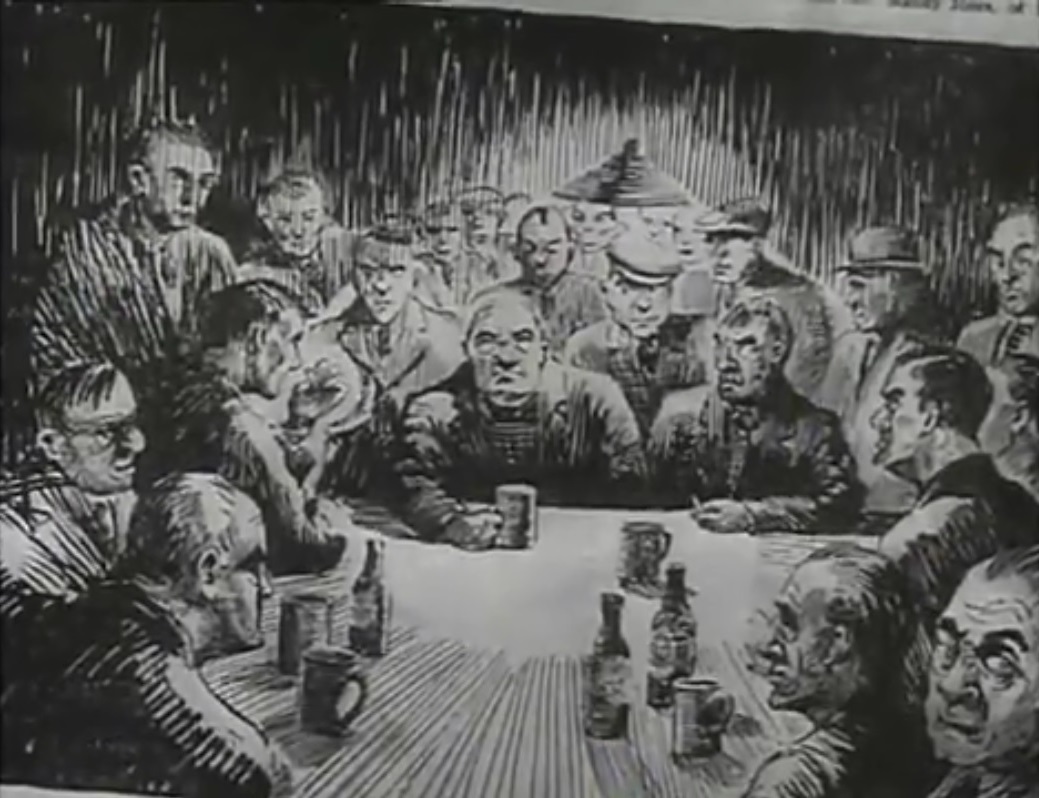
Against the Wind
The admirable
Crichton in Hue and Cry had
found British cinema at the forefront of the art, and here he goes back
undercover into the studio in a tale not unlike Fritz Lang’s Cloak and Dagger. All he asks is to be
placed in any town or wood with a situation, a person or a lorry to photograph,
and he will give you pictures the like of which has not been seen since
Giorgione and the master of Delft.
Another Shore
“My
America! my new-found-land,” and thus the prime article before A Fish
Called Wanda, in a satirical vein.
The theme is
closely considered out of a near precedent, Capra’s It’s a
Wonderful Life, and goes back through Pommer (Vessel of Wrath) and
Hitchcock (Rich and Strange).
Crichton is in
his element, as always, his title is Ireland and Dublin seen at dawn in the
opening sequence.
Impossible to say
why the film has no reputation, except that Crichton is too brilliant by halves
and decades ahead of his time.
The Lavender Hill Mob
“British
cultural depravity” is prismatically described and defined in
Clarke’s superbly decorous screenplay as a trip to the top of the Eiffel
Tower converted into pint-sized paperweights made of gold-painted lead by
Gewgaws, Ltd. and depicting the same, obstreperously bought by British
schoolgirls as a memento of the occasion.
In America,
Hindemith related his stay at an inn that supplemented its grand view of
Niagara Falls with outdoor loudspeakers spouting the Liebestod.
Isak Dinesen
asks, “what is man, when you come to think upon him, but a minutely set,
ingenious machine for turning, with infinite artfulness, the red wine of Shiraz
into urine?”
Hunted
The conditions of
the hunt are these, a sailor (Dirk Bogarde) home from the sea is wanted for the
murder of his wife’s lover, the company director where she worked, also
wanted is a seven-year-old boy (Jon Whitely) adopted by a Scottish couple in
London and gone missing after setting a kitchen curtain alight, he’s been
savagely beaten over time by his new father till his back is covered with marks. The entire proceeding of the screenplay is fitted to the
production of these two images and their full exposition. Having
accomplished that, it concludes the film along a line suggested by
Chaplin’s The Kid.
Known in the U.S.
as The Stranger in Between. H.H.T. of the New York Times would
seem to have dozed off, his review makes clear he hadn’t the foggiest
what was going on.
The Titfield Thunderbolt
Crichton is very
aware, as who would not be, that this is Sam Wood’s Saratoga Trunk,
the tale of Texas hinted at by Wood is shown by Crichton on television.
The great effort
is to combine Saratoga Trunk and its model, Wood’s For Whom the
Bell Tolls, into the Titfield-Mallingford line. This is a job of work for
T.E.B. Clarke, he accomplishes it handily.
The Man in the Sky
For a surface
reading of the film that is observant within the bounds of film criticism and
far beyond the usual ruck, the spectator is referred to an unsigned review in The
Times.
That critic
correctly grasped at least part of the structure, the final sequence (prelude
and postlude share the sand castle motif). The main thing, ultimately, is the
test pilot’s grasp of all the threads in the situation, as far as
possible, with an added sense of fear replaced by courage that is underlined to
make the point.
The plane is a
twin-engine front-loading freighter in need of a buyer, the pilot can’t
afford that house the wife wants, the port engine catches fire and so forth.
George
Perry’s remarks in Forever Ealing are worse than absurd.
The Divided Heart
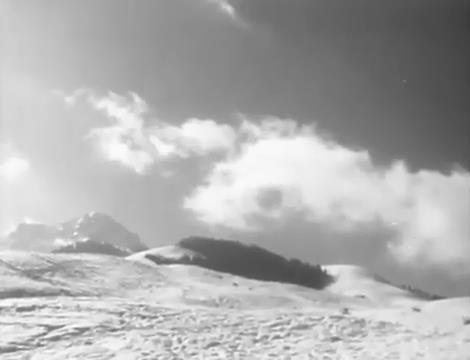
A Bavarian
adoption case, mother in Yugoslavia.
The director of Hue and Cry conveys perfectly happy
German children at a birthday party “seven years after the war
ended”. A tale told before the United States Court of Appeals of the
Allied High Commission for Germany. Occupation of Slovenia. Arrest
and execution of the father. “The Fuhrer is our
best friend. Adolf Hitler is the friend of all children.”
Arrests, flight, capture, separation, “and the gold from our teeth with
jackknives,” Auschwitz.
The numerous
references to Welles’ Citizen Kane
nevertheless give the meaning of the film as properly “the Union
forever!”
“Then we
should like to see the boy,” says the Court,
“and learn his wishes from his own lips.”
With Alec McCowen in a bit part as a reporter, John Schlesinger
likewise as the ticket collector, and Martin Stephens’ debut at five.
Whittingham screenplay, cinematography Otto Heller (Waterson operator), score Auric suggesting “Hatikvah”. BAFTAs to both
mothers (Yvonne Mitchell, Cornell Borchers).
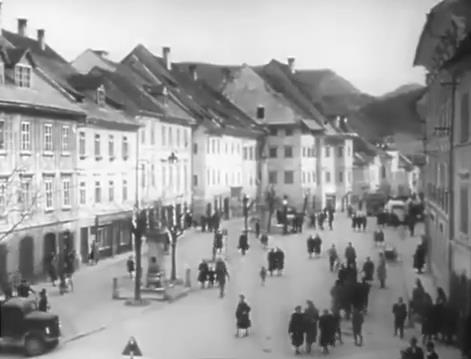
George Perry
misses the point rather spectacularly in Forever
Ealing, “but the ultimate effect is a subdued one, and perhaps the
reason for the film’s comparative failure with the public lies in its own
lack of involvement in the drama which it relates. It is, in essence, far too British about everything,”
italics none of his doing.
Bosley Crowther of the New
York Times likewise, “the one thing they do which this reviewer considers both
artless and false is cook up an arbitrary verdict as to the disposition of the
boy.” Variety, “at no time does the script measure up... there is
rarely more than a superficial approach to this postwar problem.” Leonard Maltin,
“intelligent study”. TV Guide,
“sentimental but worthwhile”. Time Out, “stolid, earnest
drama”. Film4,
“classic fact-based Ealing drama”. Hal
Erickson (All Movie Guide), “an
effective, high-gloss British soap opera.” Halliwell’s
Film Guide, “effective ‘woman’s picture’”.
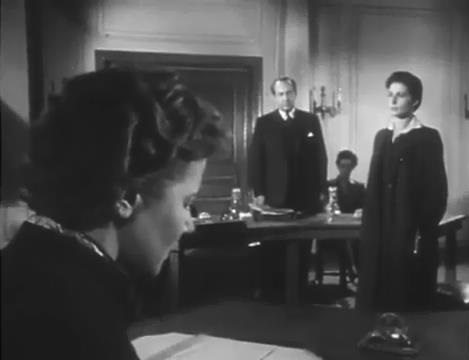
Law and Disorder
It went by too fast
for Weiler of the New York Times, and Variety (which had the same
trouble) said it was edited that way. Emeralds that
are not emeralds, paid for with cash that is nonexistent, are at the center of
the matter.
The feint is Cooper
v. Cooper, a case at law of a parrot insulting the publican’s wife.
It was well
thought of at the time, but per these restrictions of understanding its
reputation has declined, so that it now rests in the slough of Time Out Film
Guide as “sub-Ealing”.
Floods of Fear
The high mountains
fill with snow, it melts, rainstorms swell the torrent, the valley is a flood
zone, intrepidly depicted. The levee breaks, sending a convict work crew
downriver. One con has a score to settle. The
impressive filming (set in America, shot at Pinewood) is absolutely authentic,
and that’s the whole point, one of those massive floods that covers a
river basin, houses, land, everything, the camera has recourse now and then to
the sight of nothing anywhere but high water, wreckage, treetops. Frame job, murder, construction company seized, up the
river. All the performances are notable, Howard
Keel’s especially for its bravura mastery of a physically demanding role.
The Battle of the Sexes
The mildest Scot
that ever trod the streets of Edinburgh is much more the man than his boss, a
fat fool trained in England, “soft”.
An American
horror, the “business consultant” hard as candy, threatens to
improve Scottish tweed right out of existence, she must be killed or
neutralized.
Let her be under
the impression that she has been wooed by a maniac bent on destroying the firm,
whom all know as the mildest Scot that ever.
Back to New York
the horror retreats, with only tears to serve as weapons.
Weiler (New
York Times) flattered himself he knew his Thurber, Film4 their
Crichton.
The Third Secret
The great analyst
dies, a suicide according to the evidence, but there is some doubt. His handful
of active patients are neurotics but might have included a paranoid
schizophrenic.
The art dealer
and aspiring painter crushed by lack of sales, the lonely secretary not sure of
her way, the judge with a misdeed in his past, the American television
commentator in London ravaged by news of the death, who undertakes an
investigation at the behest of the dead man’s fourteen-year-old daughter.
The neurotics are
easily identifiable, the psychotic rebels against the doctor per se as
distinct from the father, there you have a critique of psychiatry.
The commentator,
wounded in his inquiry, considers after all that the analyst was a physician,
not a god.
Howard Thompson
of the New York Times compared it to “a strand of loose
spaghetti”, Halliwell’s Film Guide
says “pretentious” and cites the absolute nix of the Monthly
Film Bulletin to boot.
A Fish Called Wanda
Two broads in
powdered wigs, “and on that point” ends the summation to the jury.
The defence of
the realm against a really stupid and especially ugly American involves a lot
of soul-searching and a certain amount of risk that cancel each other out and
mean diamonds in the rough.
London was never
lovelier. This is not so much the great city as the old city, correctly
photographed. Whistler might be invoked, as this is a riposte to the
bric-à-brac merchants, or would be if it weren’t so polished. Useful
comparison might be made to Whelan’s The
Divorce of Lady X, fortuitously.
Oddly enough, the
script by John Cleese is really closer to the style of Alexander Mackendrick,
but it’s all the same to Crichton. Gags are dispatched with ease and even
a calculable amount of carelessness in a way sometimes associated with the New
Wave. A Steadicam in short bursts at times organizes complex little shots with
greater ease than a tilt-and-pan or a dolly-out on action.
Within these
droll turns, the actors have freedom from certain stereotypes, so that
something original is suggested. A rare opportunity for Kevin Kline, Jamie Lee
Curtis and especially John Cleese to work effectively, with Michael Palin
showing what a “hardened comedian” is.